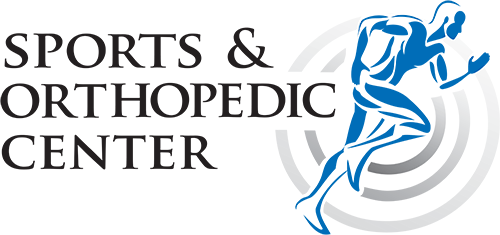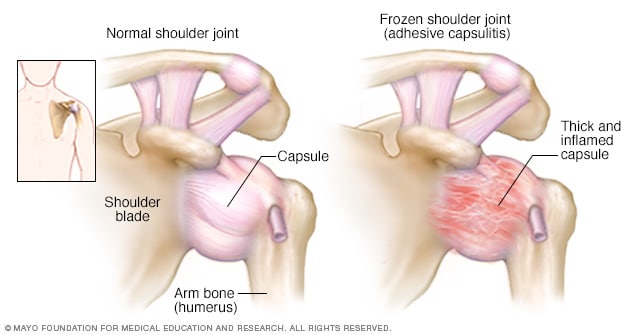ARTHROSCOPIC FROZEN SHOULDER REPAIR
Frozen shoulder is the common name for adhesive capsulitis, which is a shoulder condition that limits your range of motion. When the tissues in your shoulder joint become thicker and tighter, scar tissue develops over time. As a result, your shoulder joint doesn’t have enough space to rotate properly. Common symptoms include swelling, pain, and stiffness.
You’re more likely to have the condition if you’re between the ages of 40 and 60.
Symptoms of frozen shoulder are divided into three stages:
- The “freezing” stage:
In this stage, the shoulder becomes stiff and is painful to move. The pain slowly increases. It may worsen at night. Inability to move the shoulder increases. This stage lasts 6 weeks to 9 months. - The “frozen” stage:
In this stage, pain may lessen, but the shoulder remains stiff. This makes it more difficult to complete daily tasks and activities. This stage lasts 2 to 6 months. - The “thawing” (recovery) stage:
In this stage, pain lessens, and ability to move the shoulder slowly improves. Full or near full recovery occurs as normal strength and motion return. The stage lasts 6 months to 2 years.
CAUSES
The bones, ligaments and tendons that make up your shoulder joint are encased in a capsule of connective tissue. Frozen shoulder occurs when this capsule thickens and tightens around the shoulder joint, restricting its movement.
Doctors aren’t sure why this happens to some people, although it’s more likely to occur in people who have diabetes or those who recently had to immobilize their shoulder for a long period, such as after surgery or an arm fracture.
RISK FACTORS
- People 40 and older, particularly women, are more likely to have frozen shoulder.
Immobility or reduced mobility
- People who’ve had prolonged immobility or reduced mobility of the shoulder are at higher risk of developing frozen shoulder. Immobility may be the result of many factors, including:
- Rotator cuff injury
- Broken arm
- Stroke
- Recovery from surgery
- People who have certain diseases appear more likely to develop frozen shoulder. Diseases that might increase risk include:
- Diabetes
- Overactive thyroid (hyperthyroidism)
- Underactive thyroid (hypothyroidism)
- Cardiovascular disease
- Tuberculosis
- Parkinson’s disease
TREATMENTS
- Hot and cold compresses.
- Medicines that reduce pain and swelling.
- Physical therapy. Stretching and range of motion exercises taught by a physical therapist.
- Transcutaneous electrical nerve stimulation: Use of a small battery-operated device that reduces pain by blocking nerve impulses.
If these simple treatments have not relieved pain and shoulder stiffness after about a year trial, other procedures may be tried. These include:
- Manipulation under anesthesia: During this surgery, you will be put to sleep and your doctor will force movement of your shoulder. This will cause the joint capsule to stretch or tear to loosen the tightness. This will lead to an increase in the range of motion.
- Shoulder arthroscopy
These two procedures are often used together to get better results.
ARTHROSCOPIC REPAIR
This type of surgery involves making a small cut in your shoulder and using a camera called an “arthroscope” to remove scar tissue or release it. This allows the shoulder to recover its lost motion. If your frozen shoulder is the result of an injury, surgery is usually more successful if it’s performed within a few weeks of the injury.
Surgery is usually done on an outpatient basis. Your stitches will most likely be removed after 10 days. Postoperative physical therapy is usually required as well. Many patients have their full range of motion back within three months.
If you are still experiencing pain, reach out to one of our orthopedic surgeon ay Sports & Orthopedic Center for information on how to best manage your pain.


